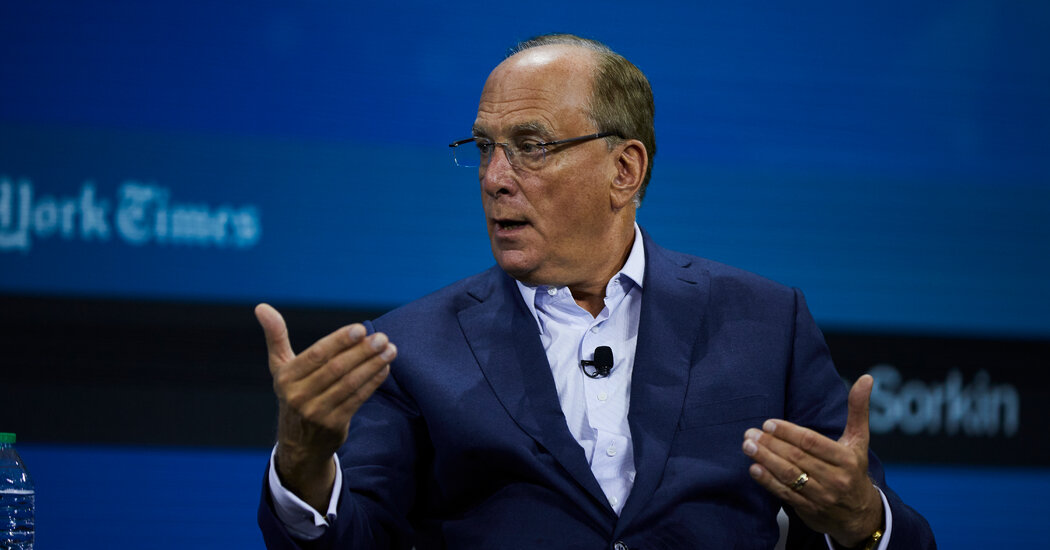C.E.O.s of Google, Hertz, Peloton and Live Nation Were Highest Paid Last Year
So what should we make of high compensation levels, year after year?
I don’t object to C.E.O.s earning more than me, especially when, as a shareholder, I benefit when their decisions contribute to an increase in the value of company stock. And as a working guy, I’m pleased when C.E.O.s help make me — and my fellow employees — more prosperous.
It’s the vast gap in pay that stops me.
To put the size of this disparity into perspective, consider that Peter F. Drucker, the economist and management guru who died in 2005, said most workers understood that C.E.O.s would be paid more. But he also cited studies that showed it felt “about right” when the C.E.O.s received 10 to 12 times what workers earned.
It’s difficult to make precise comparisons with C.E.O.-worker pay ratios of other eras because the current methodology for calculating them wasn’t standardized until 2018. But there’s no doubt that there was far less pay inequality in the United States during the 1960s and 1970s. One study found that the pay ratio for big companies was less than 20 well into the 1970s. By 1989, it had reached the 40s, a level that Mr. Drucker found excessive.
In the 1990s, the Clinton administration, saying it would rein in executive pay, embarked on a major tax “reform,” with unintended consequences. By limiting the deductibility of executive compensation to $1 million, while leaving a gaping loophole — stock options and bonuses tied to corporate performance — the policy contributed to the rise of outsize pay packages.
Mr. Drucker, a columnist for The Wall Street Journal, said C.E.O.s should self-impose a “voluntary” limit on their pay, keeping it no higher than 20 times what the rank-and-file earned — and, preferably, lower than that. To do otherwise would create corrosive levels of income inequality, he said, harming not only the companies but all of society. (Disclosure: Here at The Times, the pay ratio is now 45, the company’s proxy statement says.)


